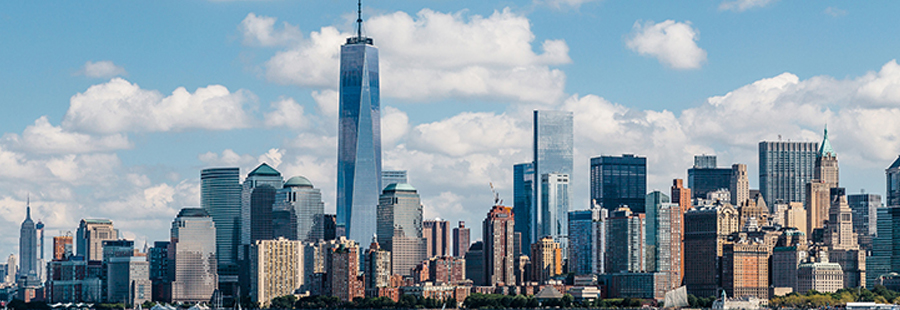Report: Zoned Waste & Recycling Collections Could Cut New York Air Pollution

September 24, 2016
Establishing commercial waste collection zones could reduce associated traffic by 49% to 68% and greenhouse gas emissions by 42% to 64%, according to a study by the New York City Business Integrity Commission.
By Ben Messenger
Establishing commercial waste collection zones could reduce associated traffic by 49% to 68% and greenhouse gas emissions by 42% to 64%, according to a study by the New York City Business Integrity Commission (BIC).
According to the Commission the city’s private waste and recycling companies collect more than 3 million tonnes of materials each year from restaurants, hotels, offices, and other commercial establishments.
Over the next two years, the New York City Department of Sanitation and BIC will work with stakeholders including businesses, the private carting industry, and environmental justice advocates to develop an implementation plan for commercial waste reform in New York City.
The Commission explained that the plan will layout a framework for establishing commercial waste collection zones that will improve customer service standards, achieve the City’s environmental goals, set clear standards for worker safety, and allow for new investments in recycling infrastructure and cleaner trucks.
The study was conducted by team of consultants that included BuroHappold, Sam Schwarz Engineering, Appleseed, and Paul Carpenter Associates. It revealed that the current open-market commercial waste system generates excess truck traffic, is highly concentrated among a few carters, has little transparency in pricing, and prevents private carting companies from achieving efficiencies that allow investments in recycling initiatives or cleaner trucks.
Currently, commercial waste trucks travel over 23 million miles annually to collect refuse and recycling material from over 108,000 businesses. It was claimed that a commercial waste collection zone system would divide the City into several geographic zones and assign private carters to serve businesses within each zone through a competitive bidding process.
In this type of system, the study showed, truck would travel much less distance, resulting in far less overlapping truck traffic on commercial streets and highways. The study also found that collection zones would reduce other air pollutants, including those most closely linked with asthma and other respiratory illnesses, by between 34% and 62%. Reducing commercial waste collection traffic will lead to cleaner air, less traffic, safer streets, and quieter nights in neighborhoods across New York City.
“The magnitude of the improvements in air quality and reduction in truck traffic coupled with the projected stable pricing for businesses the study found are compelling reasons for implementation of commercial waste collection zones,” commented sanitation commissioner Kathryn Garcia.
“This study is the first step toward developing a more efficient and effective commercial waste collection system in New York City for businesses, employees and the public at large,” continued Garcia.
Commissioner of the Business Integrity Commission, Daniel Brownell added: “The trade waste industry has made great strides in the last twenty years since the Business Integrity Commission was formed. However, the results of the study released today are compelling.”
According to the commissioner it is clear that the examination should now move ahead to analyse how a zone collection model for commercial waste removal in the City could help:
- Reduce truck traffic and vehicle emissions;
- Achieve greater recycling rates, especially for organic materials; and
- Create greater uniformity in the trade waste industry as a whole.
“Going forward, as we look to fashion the right zone collection system for the specific needs of New York, it will be critical that the interests of all affected parties are part of the design conversation,” said the commissioner.
